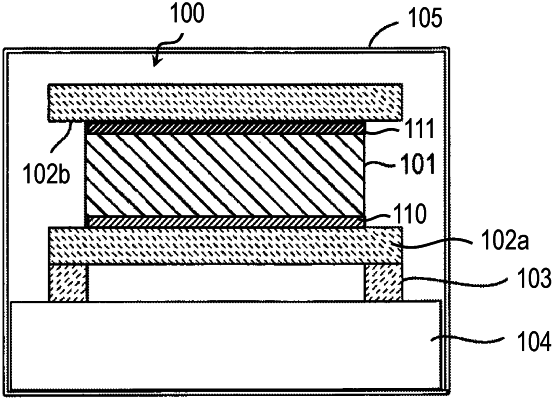| CPC C04B 35/64 (2013.01) [B28B 11/243 (2013.01); B28B 11/248 (2013.01); C04B 38/0006 (2013.01); C04B 38/068 (2013.01); C04B 35/478 (2013.01)] | 20 Claims |

|
1. A method of firing a honeycomb body, the method comprising:
setting a ceramic-forming honeycomb body comprising pore-forming materials comprising organic pore-forming material and graphite pore-forming material on a cookie in a furnace containing gases comprising oxygen;
placing a layer selected from the group consisting of a graphite layer, a graphite-containing layer, an activated carbon layer, or an amorphous carbon layer between the cookie and the honeycomb body; and
heating the honeycomb body to a temperature that burns out and removes at least a portion of the organic pore-forming material and the graphite pore-forming material,
wherein the layer is configured to block gases from flowing through the honeycomb body when the honeycomb is heated to the temperature that burns out and removes the portion of the organic pore-forming material.
|